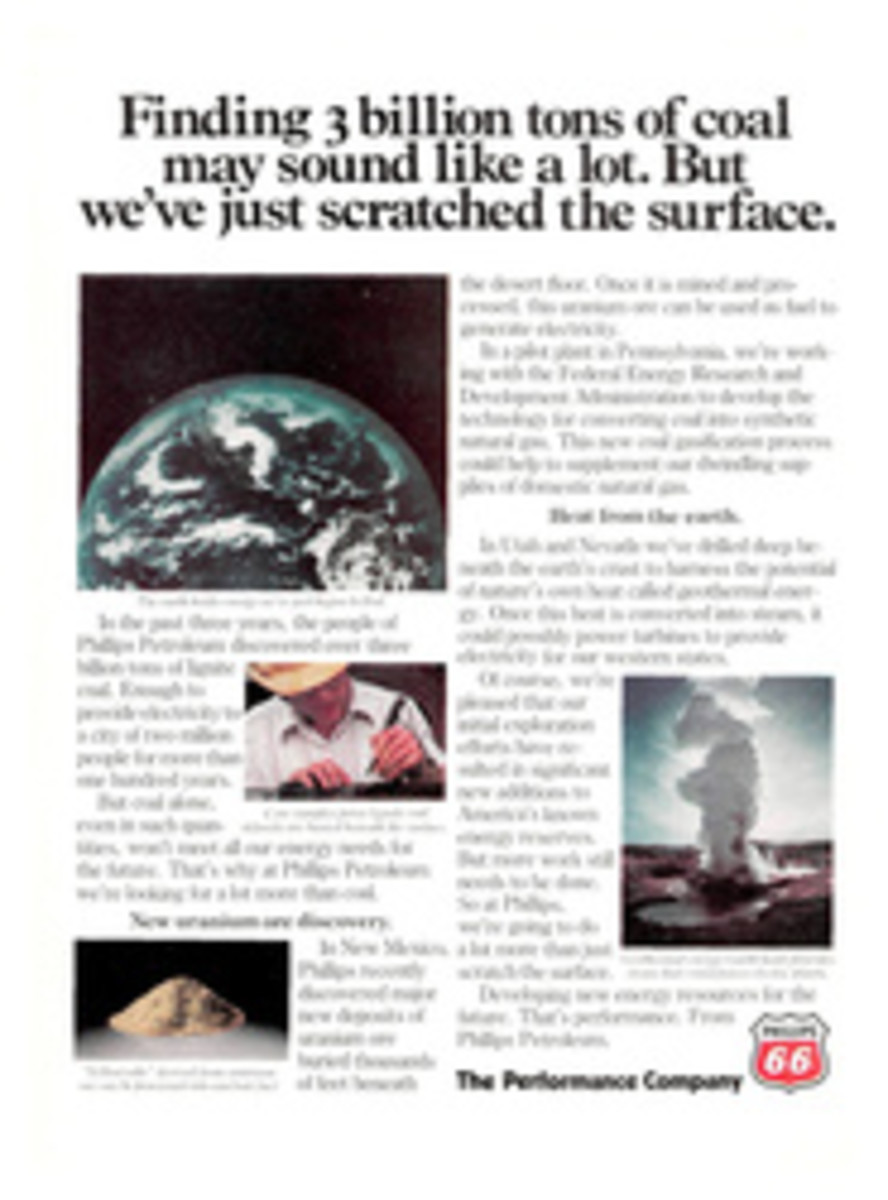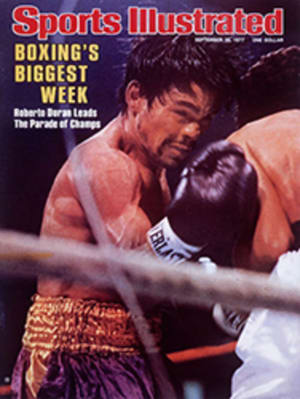
ROGER, OVER AND IN
It was an unusually warm and muggy day for football last Sunday in Bloomington, Minn., and that could have had something to do with the fact that it took almost three hours for the Dallas Cowboys and the Vikings to generate any excitement in what was expected to be the most thrilling of the NFL's opening games. Oh, now and then there were those familiar footraces between Quarterbacks Roger Staubach or Fran Tarkenton and the defensive behemoths who like to chase them, trying to force them to throw the ball to an usher or a saxophone player.
Most of the time, though, it was hard to believe that it was football season in Metropolitan Stadium. Bud Grant wasn't wearing his parka, Drew Pearson wasn't using hand warmers, Chuck Foreman didn't need his ice skates and there were no toboggan races at halftime.
As the sun set, the contest finally ended in what can legitimately be described as a "thrilling overtime victory" for the Cowboys by the score of 16-10, but it is just possible that the biggest victory any Cowboy player scored was Preston Pearson's unanimous decision over Tony Dorsett in their battle for a starting halfback job.
Pearson, the 11-year veteran whom the Pittsburgh Steelers discarded as washed up two years ago, carried 15 times for a team-high 63 yards and caught five passes, including a spectacular grab of a Staubach pass for a touchdown, for 53 more, giving him a total of 116 yards. Dorsett, the millionaire rookie with the Heisman Trophy, was used for only a handful of plays by Coach Tom Landry; he carried just four times, gained 11 yards, and his fumble aborted a Dallas drive at the Minnesota 15-yard line.
The real difference in the ball game after it went into sudden death was, of all things, a shanked punt. By that time, the younger defense of the Cowboys was obviously stronger than that of the Vikings, particularly Minnesota's front four, which is beginning to rival the Supreme Court in age.
The score was 10-10 at the end of regulation play, after which the Vikings won the coin flip and Cleo Miller returned the kickoff to the Minnesota 30. Foreman and Sammy Johnson advanced the ball to the 45, but then the Cowboys harassed Tarkenton with a couple of their most furious pass rushes. On the first, Tarkenton needed all the dozen eyes in his helmet to locate all the Harvey Martins bearing down on him, and for the second time during the afternoon he dumped the ball off to a patch of grass just outside the infield. Fifteen yards for intentional grounding. Next, Tarkenton got buried by an assault led by Larry Cole, and he lost nine more yards back to his own 21. Total loss for the two plays: 24 yards.
All of this set up the shanked punt of 26 yards by Neil Clabo, which gave Dallas the ball at Minnesota's 47. For much of the day the Cowboys had enjoyed better field position than the Vikings, but they had managed to do very little with it. Their offensive line, operating without Tackle Rayfield Wright and Guard Blaine Nye for the first time since Preston Pearson was a basketball player, or so it seemed, rarely moved Minnesota more than one or two inches at a time. Even on those few occasions when Dorsett had come onto the field, nothing happened. But now it was getting late, and Staubach decided to win it in one of the old reliable Dallas ways.
This was Minnesota, wasn't it? Where was Drew Pearson? Oh, there he was, not making one of those miracle grabs as he had done against the Vikings in the playoff game two years ago, just pulling in a 17-yard beauty over the middle while a couple of purple-shirted Vikings were making a sandwich out of him. And there he was again, taking another pass at the right sideline for four more yards. Roger then hit Golden Richards with a screen pass that gained 11 yards, Robert Newhouse ran for six and Dallas suddenly was at the Minnesota nine, close enough for Efren Herrera to kick a field goal and redeem himself for the one he had missed from 27 yards out with six seconds to play in regulation—the first time in his three years with Dallas that Herrera had ever blown a three-pointer inside the 30. Ever.
"I thought the Vikings seemed worn down," Staubach said later. "We had the momentum. We called time out to discuss kicking a field goal right then, but we decided to run it at 'em a couple more times."
Preston Pearson did that, gaining five yards, and now the Cowboys had a first down at the four. Considering that Dallas, in keeping with its spotty performance throughout the game, certainly seemed capable of fumbling or incurring a penalty, it is a wonder that Herrera was not immediately dispatched to boot it over from there. But the Cowboys' brain trust decided to risk at least one more play—a run-pass option. Staubach rolled out to the left and there was enough room there to sail a destroyer through, so he took it in for the winning touchdown.
Minnesota had struck first, moving 81 yards the first time it had the football and scoring on an 18-yard pass play from Tarkenton to Foreman. The Viking drive was more or less spotlighted by Dallas defensive mistakes because the Cowboys had a brand-new look at several positions. Randy White, the Cowboys' No. 1 draft pick in 1975 who had flunked two years of trials at various linebacker positions, now was among the front four, quick, huge and talented but ready to be trapped by a crafty veteran—someone like Ron Yary, for instance. Bob Breunig was at middle linebacker for the retired Lee Roy Jordan, and Thomas Henderson was now a regular at one of the outside linebacker spots, and they had to worry about all those things Landry gives them to think about. Limbo, Sarah, Skeezix and that sort of stuff. The same went for Aaron Kyle, who is phasing out Mel Renfro at cornerback.
Before the game, Dallas Safety Cliff Harris said of his young teammates, "They're all great football players if you tell 'em, 'Go hit that guy.' But learning to 'think' for Landry is the hardest part of our defense. We don't know what to expect from them."
Tarkenton knew. When he capped the opening drive by dumping the ball off to Foreman for the touchdown, Foreman was so open he could have gone out to Hazeltine and played 18 holes before Breunig or Henderson or Kyle found him. Slowly, the Cowboy defense adjusted, however; the rush grew more fierce and Tarkenton never really mounted another menacing drive. He was hardly helped in this regard by the five fumbles made by the Vikings.
Not that Dallas was any ball of fire. The Cowboys fumbled three times themselves, and it was not until the fourth quarter, when they were trailing 7-3—Herrera having kicked a 40-yard field goal in the second quarter—that the Cowboys looked as if they had even brought an offense to Minnesota. And that was when Preston Pearson made it clear that Dorsett is not going to put him on the unemployment line. On a third and six at the Minnesota 29, Pearson made a fine catch of a 14-yard sideline pass from Staubach to keep the drive going. And then Pearson made his biggest play of the day. On third down at the Vikings' seven, he dashed across the middle, made a racing dive, ignored Linebacker Jeff Siemon who was hanging onto his legs, stretched out his hands and caught a Staubach bullet in the end zone for the touchdown.
Could Dorsett have made such a catch?
"He's got a lot of pressure on him," Pearson said. "When he settles down and stops trying to make 10 yards every carry he's going to be a super back."
Actually, it would have been impossible for Dorsett, Pearson or anyone else to have gained a bundle of yardage behind the offensive line that Dallas used at Minnesota. The ever-optimistic Landry says it will improve, that Pat Donovan, for example, has the tools to keep anyone from weeping very long over Rayfield Wright's knee surgery that will sideline him for the next several weeks. Nye retired to his doctoral studies at Stanford because Dallas wouldn't renegotiate his contract, and as the offense sputtered Sunday there were more than a few remarks in the press box that what the Cowboys need most is to take someone who has the ability to whimper and write a blank check, and put him on a plane to Nye's hometown.
By all that was right and proper, Dallas should have won the game without an overtime. But one of those indescribable scrambles by Tarkenton, culminating in a desperate pass completion, enabled Minnesota to get close enough for Fred Cox to kick the 35-yard field goal that tied it 10-10 with 1:35 to play. Even so, Dallas came back and did everything but put it away.
After Butch Johnson's 48-yard kickoff return, Staubach completed three passes, one of them to Preston Pearson, naturally, and wheeled the Cowboys down to the Minnesota 15. Pearson struck for five more yards, and with just six seconds on the clock Herrera set up for a dinky field goal that looked so automatic that Viking fans were begining to move toward the tunnels. But Herrera missed wide to the left—a high hook, as it were—forcing the overtime.
All in all, Minnesota clearly looked weary in the fourth quarter, and the Cowboys looked explosively erratic. And in the end that may well characterize both teams this season.
And if it is possible for Dallas to be the kind of team it is supposed to be—even with Tony Dorsett carrying just four times a game for only 11 yards—this might be a wilder year than anyone ever suspected. Especially for Tony Dorsett and Preston Pearson.
PHOTO
Keeping the ball on an option play, Staubach scores the winning touchdown from the four-yard line by rolling left and diving over Jeff Siemon.
PHOTO
Preston Pearson deserved four stars for this catch of a Staubach pass that put Dallas ahead 10-7.
PHOTO
Tony Dorsett's fumble ruined one Dallas drive.

